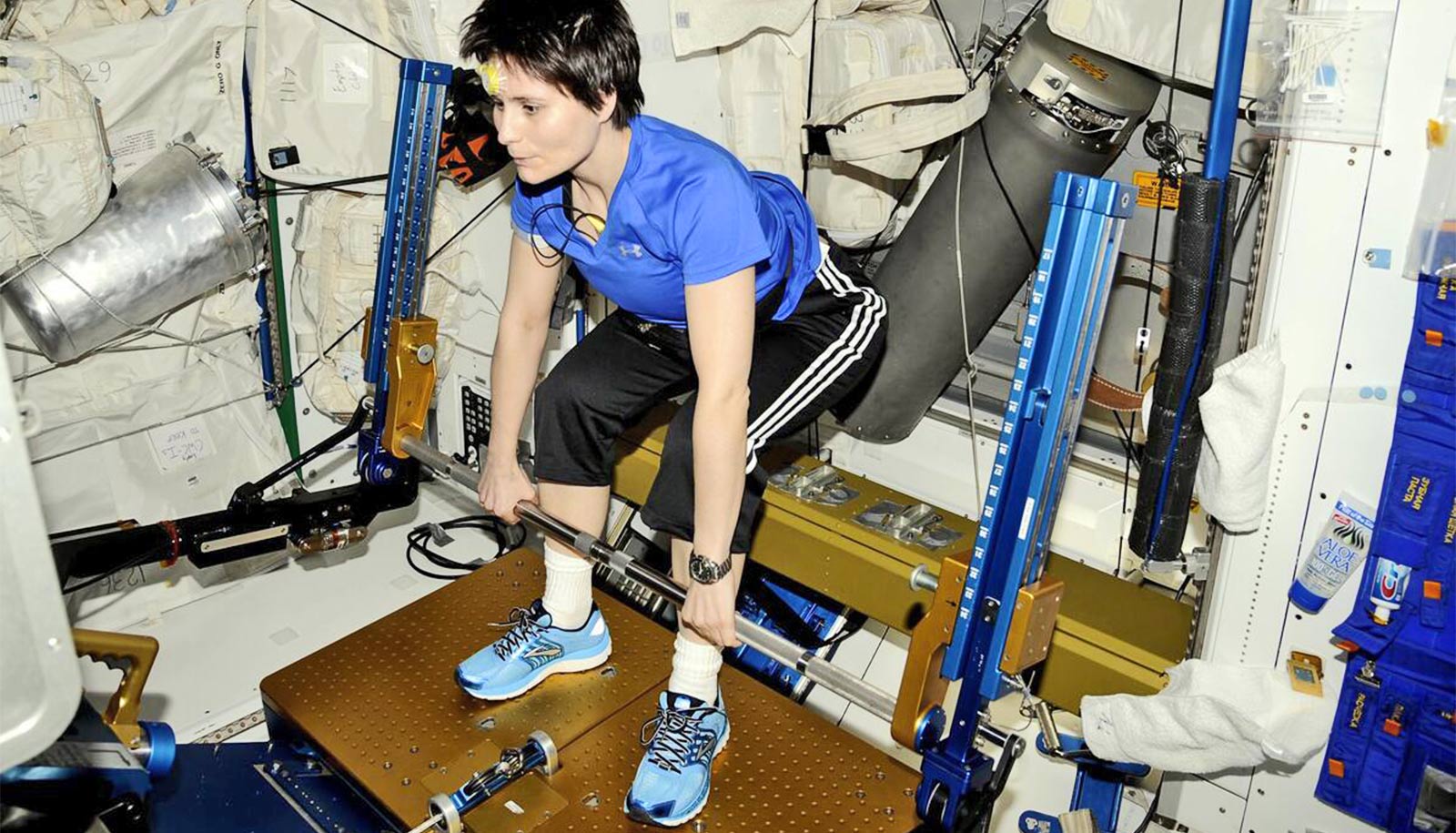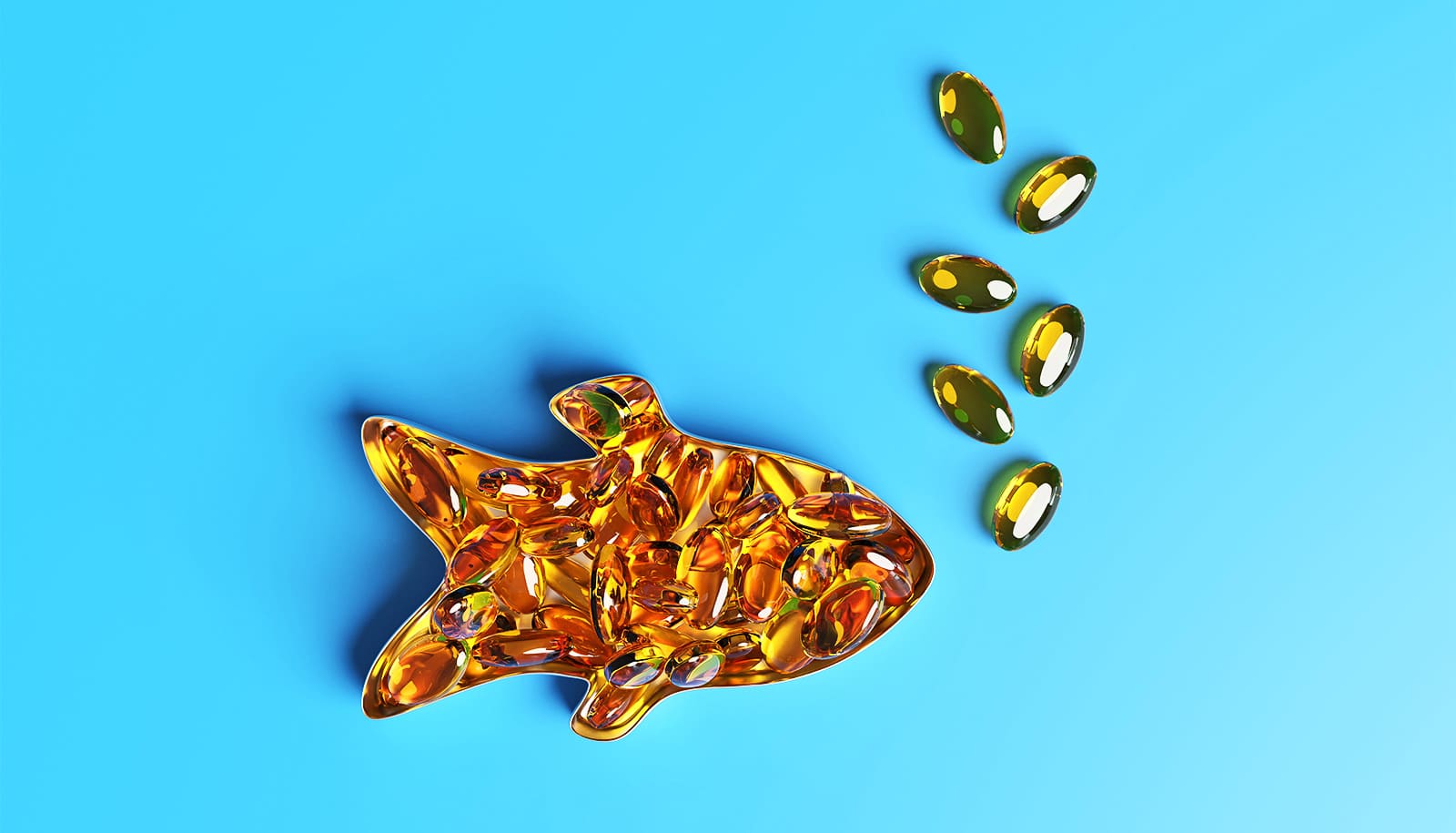One little understood paradox in the study of obesity is that overweight people who break down fat at a high rate are less healthy than peers who store their fat more effectively.
That’s because when fat breaks down, many of the fatty acids released from the adipose tissue (body fat) just go somewhere else. And if that happens too much, fat can accumulate to harmful levels in other tissues and organs, says principal investigator Jeffrey Horowitz, professor of movement science at the University of Michigan School of Kinesiology.
Now, a pair of studies identifies key characteristics in fat tissue that may allow some obese adults to store their body fat more healthily and suggests that aerobic exercise can help.
As reported in the American Journal of Physiology Endocrinology and Metabolism, most obese people develop insulin resistance, which can lead to type 2 diabetes and other chronic diseases. But about one-third of the 30 obese adults in the study didn’t.
So, what protected them?
Adipose tissue samples revealed that the healthier group broke down fat at slower rates, and they had fewer proteins involved in fat breakdown and more involved in fat-storing. They also had fewer fibrotic cells in the adipose tissue, which allows tissue to be more flexible, and lower activation of certain inflammatory pathways.
“It sounds counterintuitive, but if we can better understand how to store fat more effectively, and why some people are better at this than others, perhaps we can design therapies and preventions that will improve some of these obesity-related metabolic conditions,” Horowitz says.
Regular exercise
In a second study in the Journal of Applied Physiology, researchers collected fat tissue after a session of aerobic exercise from two groups of overweight people: one group exercised regularly and the other group didn’t.
For both groups, just one session of exercise triggered signals that led to the growth of new blood vessels in fat tissue.
There were also indications that regular exercisers had more blood vessels in their fat tissue than non-exercisers.
That’s important because the health of most tissues hinges, in large part, on blood flow and nutrients, Horowitz says. When we gain weight, our fat cells expand, but if blood flow to fat tissue doesn’t increase in parallel, it could become unhealthy or even necrotic.
While the two studies are relevant mainly to obese people at risk for metabolic disease, there’s a takeaway here for everyone.
To get yourself to exercise, enjoy it. Here’s how
“We believe that the regular exercise we do now may create a healthier fat-storing environment for those times when we do overeat and gain weight,” Horowitz says.
Safe storage
The studies also support the notion that clinicians need to redefine their view of fat, Horowitz says.
“Adipose tissue is scorned because most people see it as causing disease and obesity, but in general adipose tissue doesn’t cause people to gain weight and become obese, it’s just where we store our extra energy when we do overeat,” Horowitz says.
“Our studies aren’t suggesting it is healthy to be obese or to overeat–but when we do overeat, it is important to have a safe place to store that extra energy.
“When people gain the same amount of body fat, those with adaptations to their fat tissue that can more healthfully accommodate the extra fat may be protected from developing insulin resistance and obesity-related diseases. We have identified some of these adaptations.”
Source: University of Michigan



